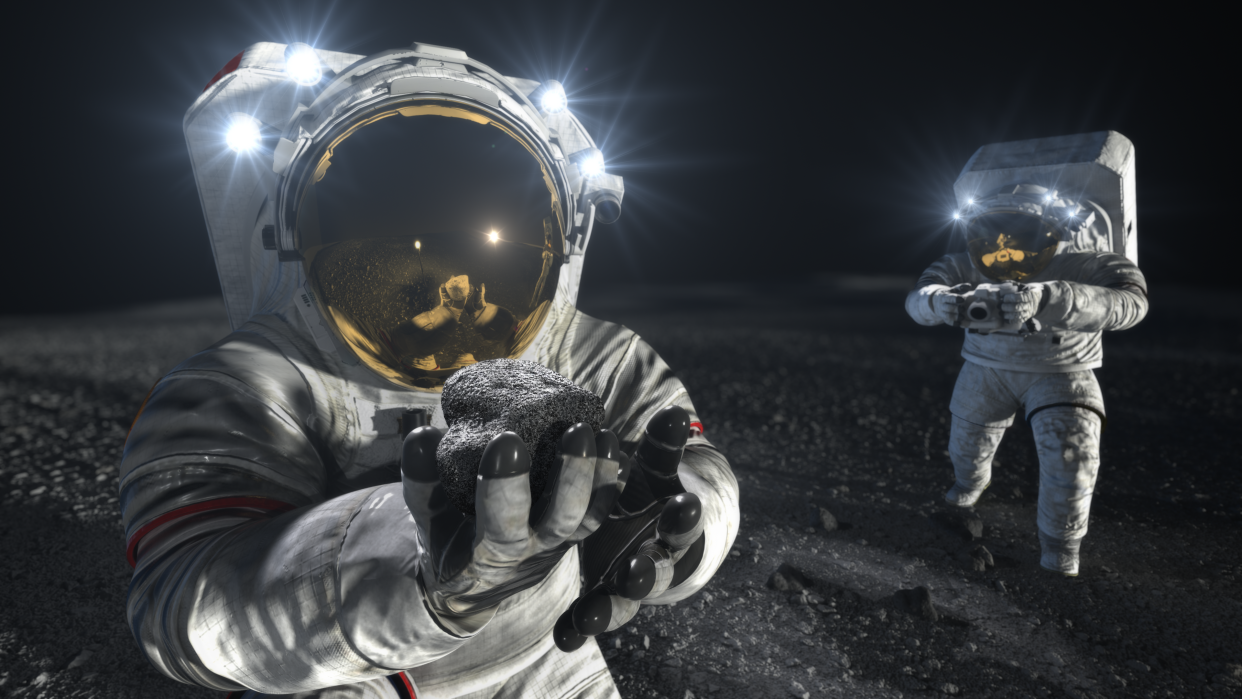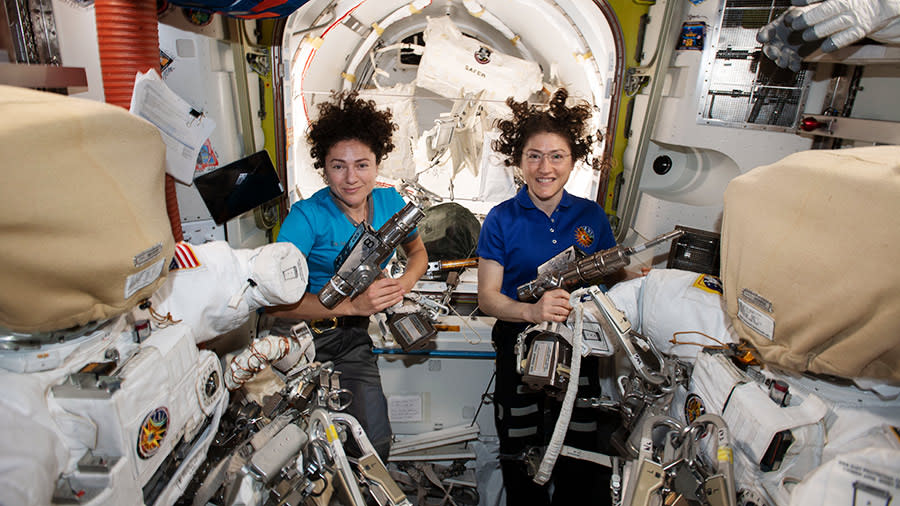European Space Agency wants you to help design moon and Mars spacesuits

You could help European spacesuit design take a big leap.
The European Space Agency (ESA) is asking for public help as it moves away from using NASA and Russian spacesuits for future missions. The planned new suits will be used in Earth orbit and beyond, if all goes according to plan, helping astronauts explore the surface of the moon with NASA Artemis program and eventually get to Mars.
Designers and makers have their chance to help create new interplanetary duds for these wildly different environments by Feb. 28, with an emphasis on representing "European identity." Winners will receive a tour of the European Astronaut Centre near Cologne, Germany; full eligibility and technical details are on the ESA website.
At this early stage, you don't have to worry too much about the technical details about making a spacesuit work in dusty and microgravity environments alike; ESA says its experts will take care of that. Your trending fashion look could not only travel deep into space but might also be used "in exhibitions and by the film industry, to educate and inspire people about space exploration," ESA officials wrote.
Related: Spacesuit for women: Fashion is the final frontier in new Kickstarter campaign
Calling designers: send us a spacesuit design by midnight CET 28 February! Winners will be invited for a visit of the European Astronaut Centre and more. How to enter and details: https://t.co/Axbf1DgZ1x pic.twitter.com/LNMwnQQBYyJanuary 30, 2023
For generations, there were two big spacesuit makers on the block: NASA and Russia's federal space agency Roscosmos, both of whom were supported by industry in the endeavor. The current generation of protection on the International Space Station includes NASA's long-running extravehicular mobility suit (EMU) from the space shuttle era and Roscosmos' Orlan for spacewalks, and Sokol for launches and landings. (ESA astronauts have used NASA or Russian suits, depending on which type of spacecraft they flew up on.)
Space shuttle astronauts had a pressure suit for launch and landings designed by NASA; these days, SpaceX has a Hollywood-inspired black-and-white suit for Crew Dragon missions, along with an extravehicular variant planned for the Polaris Dawn mission later this year, which aims to conduct the first-ever private spacewalk. Boeing has its own blue-toned suit ready for the first crewed flight of its Starliner capsule, which is expected to lift off this spring.
NASA spacesuits now run on older technology (the EMU was first designed in the 1970s). There are occasional aging issues such as water leaks; Russia had a battery problem on its veteran Orlan design in 2022 as well. NASA's spacesuit also favors male (statistically larger) astronauts, who made up most of the corps in the early shuttle era. Part sizes are swappable on the EMU, but delays induced by such resizing pushed back NASA's first (and so far only) all-woman spacewalk in 2019.
Related: Spacesuit sizing stymied a historic NASA moment, and it may always be tricky

Related stories:
— The evolution of the spacesuit in pictures
— NASA picks spacesuit maker for 1st Artemis moonwalkers
— Spacewalks: How they work and major milestones
ESA is not the only agency seeking a new type of spacesuit for deep space exploration. In 2022, NASA selected teams led by Axiom Space and long-time suit maker Collins Aerospace to make spacesuits for Artemis moon missions and future expeditions to the International Space Station through 2034. The taskings are not guaranteed orders but could translate to new spacesuits from those companies in the future.
NASA had also been making its own next-generation spacesuit for about 15 years, across several programs, but ran into trouble with the latest one, known as the Exploration Extravehicular Mobility Unit (xEMU). An August 2021 report from the NASA Office of Inspector General said the first Artemis landing would be delayed by issues in developing xEMU, before NASA opened up procurement to companies.
Elizabeth Howell is the co-author of "Why Am I Taller?" (ECW Press, 2022; with Canadian astronaut Dave Williams), a book about space medicine. Follow her on Twitter @howellspace. Follow us on Twitter @Spacedotcom or Facebook.

